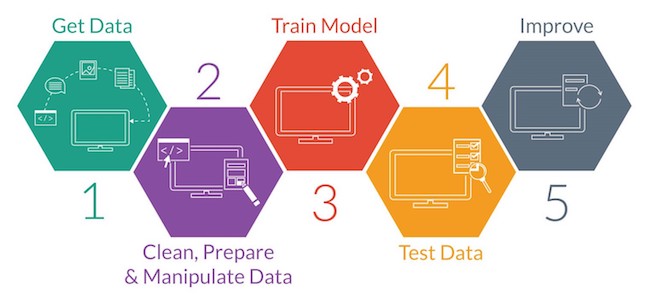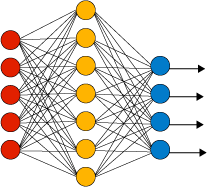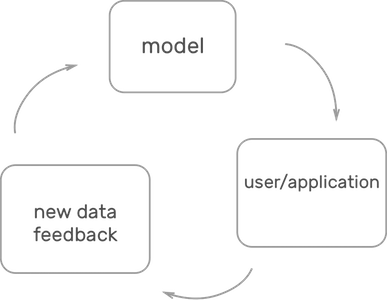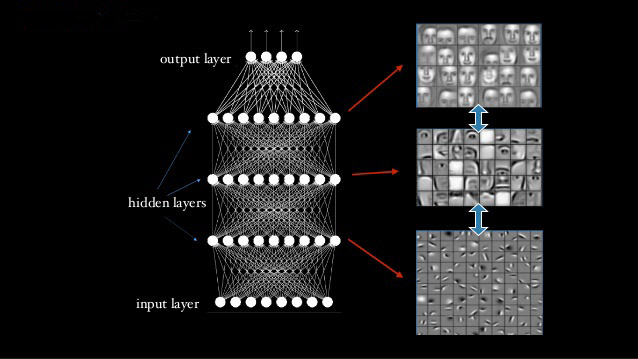What is Machine Learning?
Machine learning gives computers the ability to learn without being explicitly programmed. Instead, it learns from annotated historical data. It powers key applications of 2017 including voice assistance, image understanding, and content recommendation.

Supervised learning
The goal of supervised learning is to learn patterns from historical data and find similar patterns in new samples. Input data must be annotated often by a human. Supervised learning is the most common machine learning and includes applications like image recognition, object detection and natural language processing.
Unsupervised learning
The goal of unsupervised learning is to find patterns in the set of unlabeled data. The common unsupervised method is cluster analysis and it is used to find hidden patterns or grouping in data. Its Application in computer vision is for example grouping images with similar features or style.
Machine learning

Machine learning consists of simpler algorithms used in data analytics. Its benefit is good mathematical understanding of inner structure and performance. It contains algorithms like Linear Regression, Decision Tree or Random Forest.
Deep learning

Deep learning uses many layers of neurons designed to solve a specific task like image recognition or face recognition . It is very time and data consuming to train a deep network. Deep learning has developed in last few years thanks to the parallel processing using GPUs.
Machine learning on images?
General Tagging

Living room, plant, sofa
Custom Tagging

spacious, B&W, lamp, living room
Custom classification

Accepted/not accepted; modern style
Segmentation

Wall
Object Detection

Home cinema (x,y,w,h)
Similarity

40% similar











